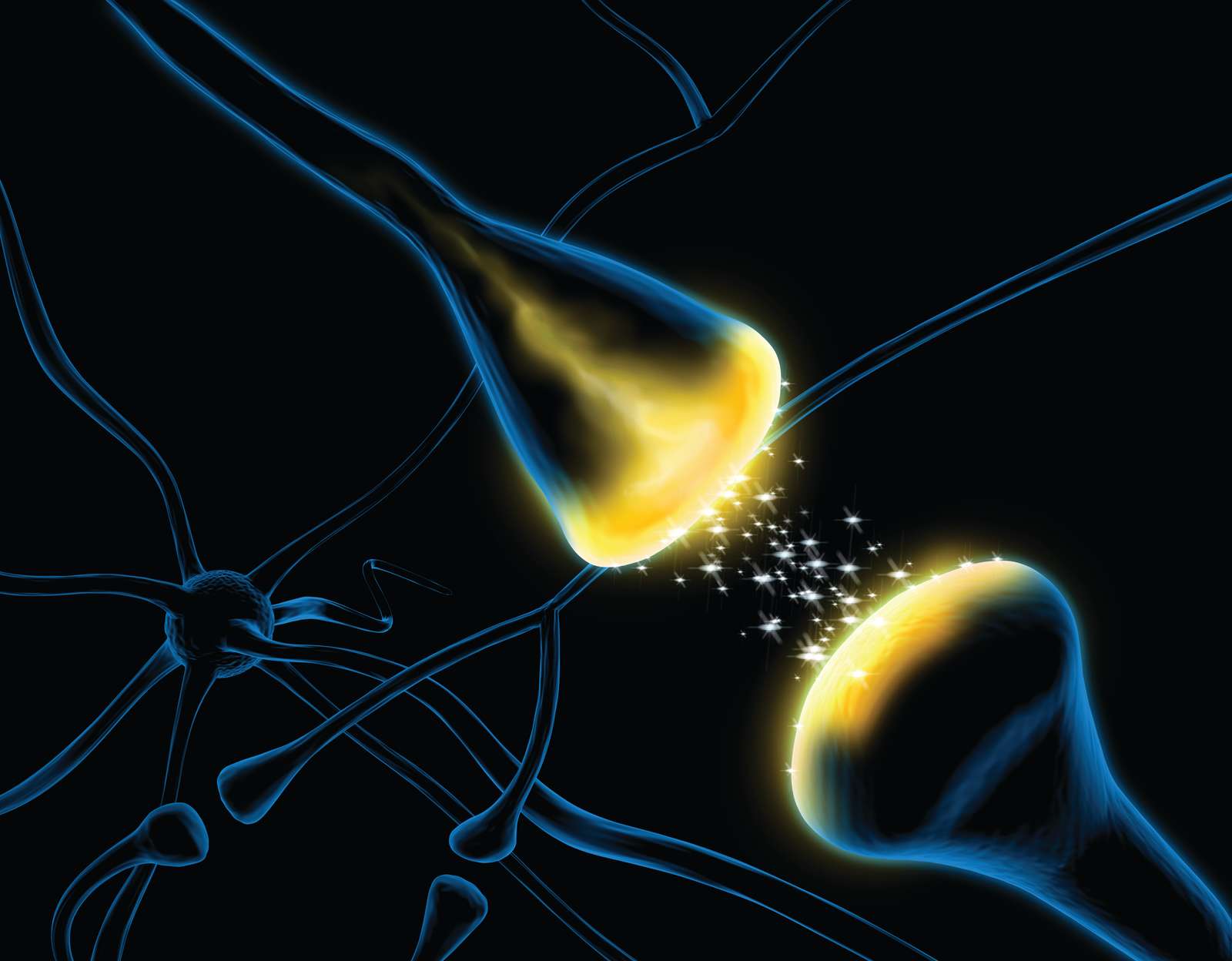TMS and depression
Learn more
about TMS
and depression

How TMS works
How TMS works in depression
Transcranial magnetic stimulation (TMS) therapy works by sending short magnetic pulses to target the exact areas of the brain affected by depression – stimulating and activating these neural pathways so that the inactive signals begin firing and working again, thus, restoring the emotional control center.

Talk to a TMS expert



